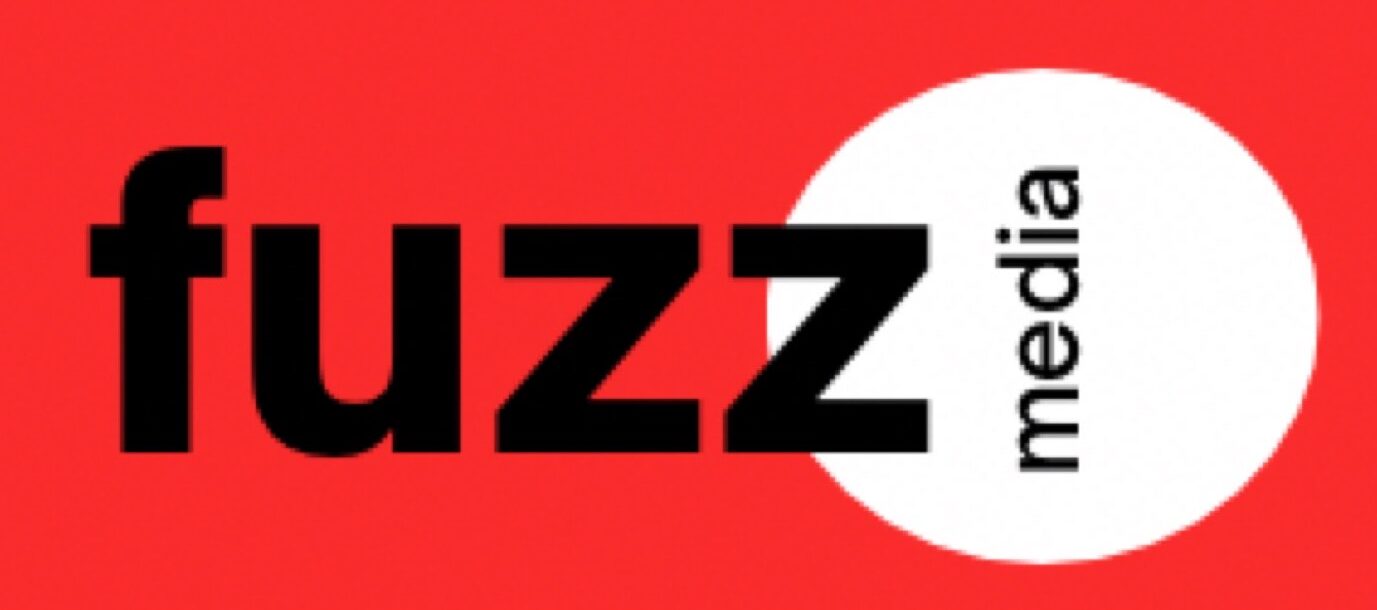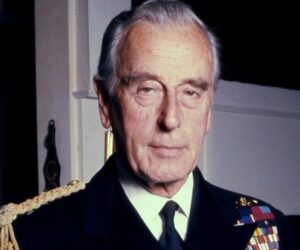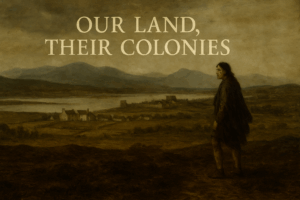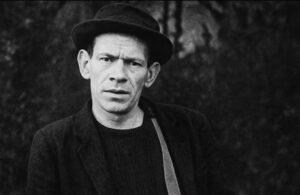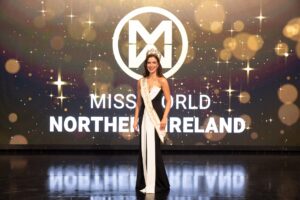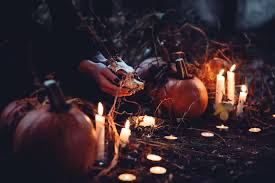
Halloween, celebrated globally today as a night of costumes, candy, and festive frights, has its roots deeply embedded in Irish soil. The origins of Halloween trace back to the ancient Celtic festival of Samhain (pronounced sow-in), a Gaelic word meaning ‘end of summer’. Celebrated 2,000 years ago, Samhain marked the end of the harvest season and the beginning of winter, a time often associated with death.

Samhain: The Celtic New Year
For the ancient Celts, November 1st was the start of the new year. Samhain was a time when the boundaries between the living world and the dead were believed to blur. On the night of October 31st, it was thought that ghosts of the deceased returned to earth, causing trouble and damaging crops. Druids, the Celtic priests, would build large sacred bonfires where people would gather to burn crops and animals as sacrifices to the Celtic deities. During these celebrations, the Celts wore costumes, typically consisting of animal heads and skins, to ward off roaming spirits.
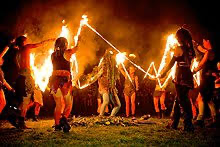
The Transition to Halloween
As the influence of Christianity spread throughout Ireland, the church sought to replace pagan festivals with their own sacred holidays. In the 8th century, Pope Gregory III designated November 1st as All Saints’ Day, a time to honor saints and martyrs. The evening before was known as All Hallows’ Eve, eventually shortened to Halloween. Despite the church’s efforts, many of the traditional Samhain customs endured and evolved over time, blending with Christian rituals to form the Halloween festivities we know today.
Halloween Traditions in Ireland
Many of the Halloween traditions familiar in the modern world have their origins in Ireland. The concept of carving pumpkins, for example, originated from an Irish myth about “Stingy Jack,” an old tale that led to the tradition of carving grotesque faces into turnips and potatoes to ward off evil spirits. When Irish immigrants brought this tradition to America, they discovered pumpkins, which were more readily available and easier to carve.
Another popular tradition, trick-or-treating, has roots in the medieval practice called “souling.” People would go door-to-door, offering prayers for the dead in exchange for soul cakes. This practice evolved over the centuries, combining with other cultural influences, eventually becoming the modern-day trick-or-treat ritual.
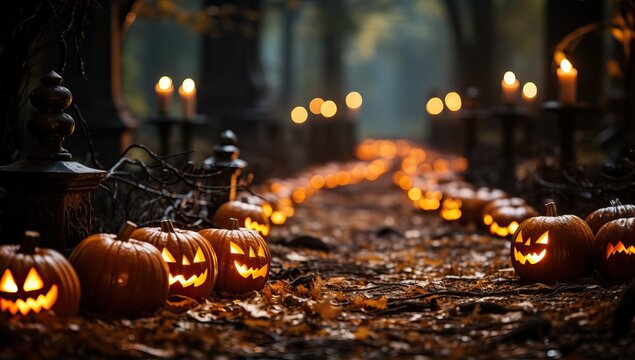
Modern Celebrations
Today, Halloween in Ireland is a vibrant celebration, blending historical customs with contemporary festivities. From haunted house tours and costume parties to fireworks and parades, Halloween has become a major cultural event in Ireland. The town of Derry, in particular, is renowned for hosting one of the largest Halloween festivals in Europe, attracting visitors from all over the world.
In conclusion, Ireland’s influence on Halloween is profound and enduring. The festival’s rich history, from its ancient Celtic roots to its global modern-day celebrations, highlights the cultural resilience and adaptability of traditions. As people around the world don costumes and carve pumpkins, they are participating in a legacy that began on the emerald shores of Ireland, keeping the spirit of Samhain alive.
